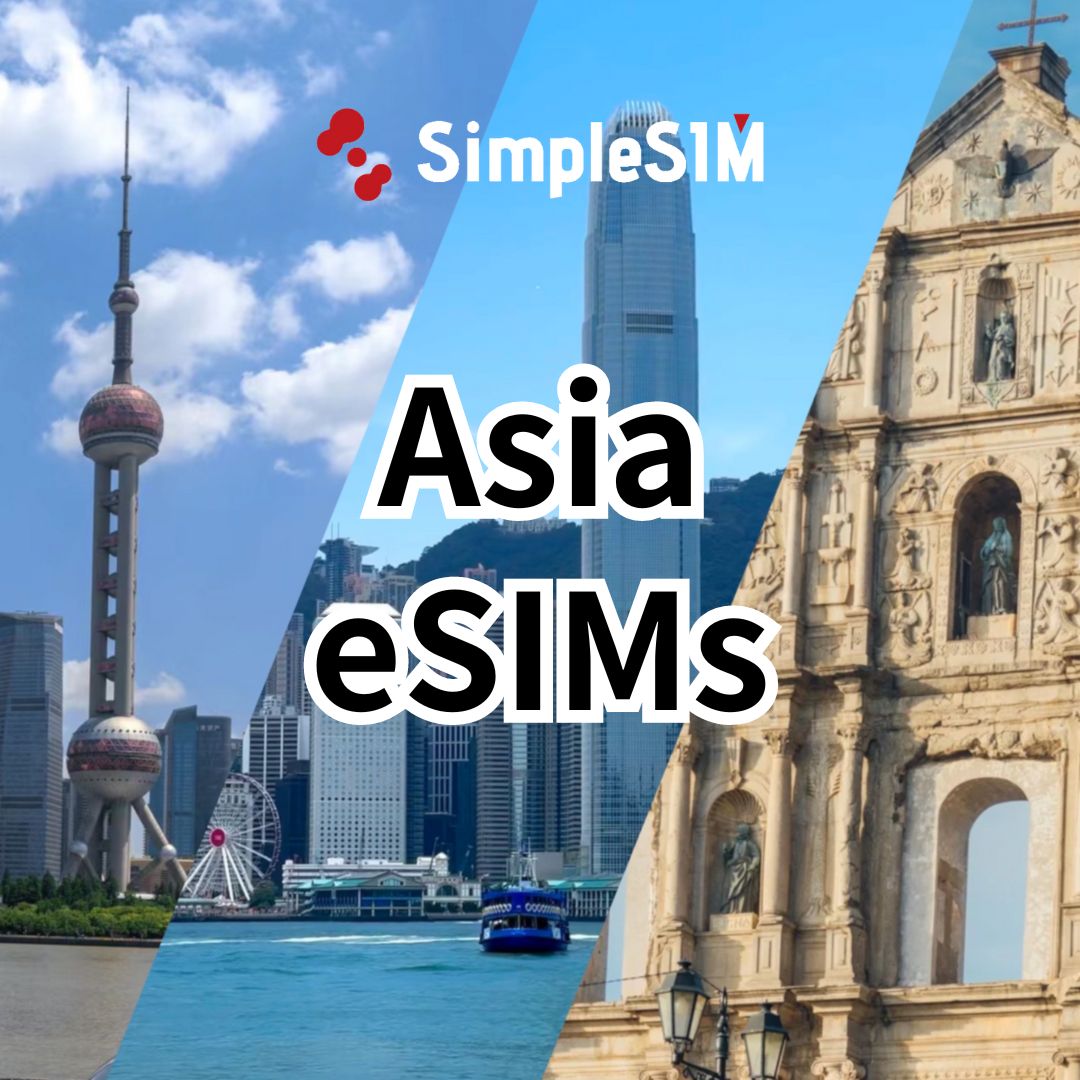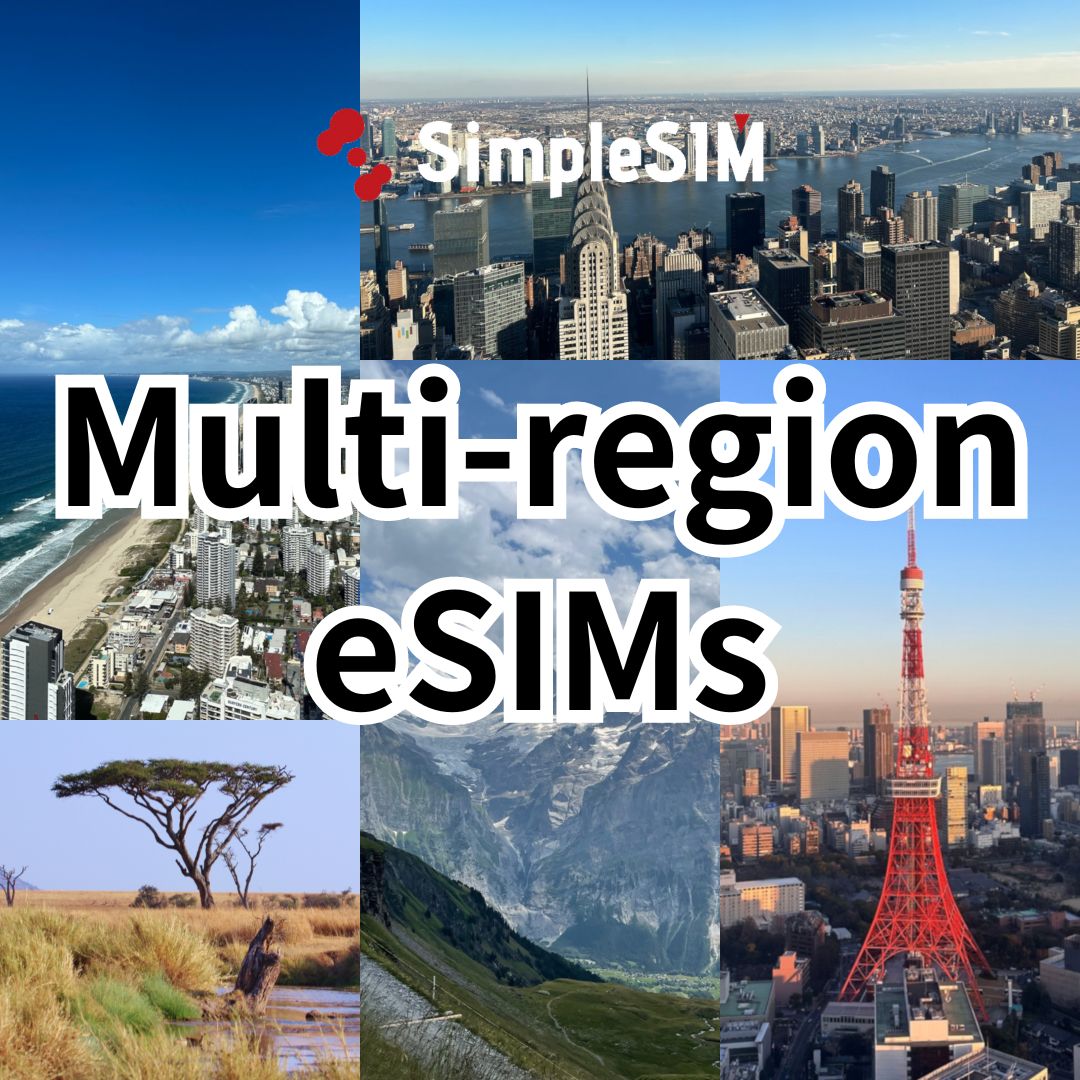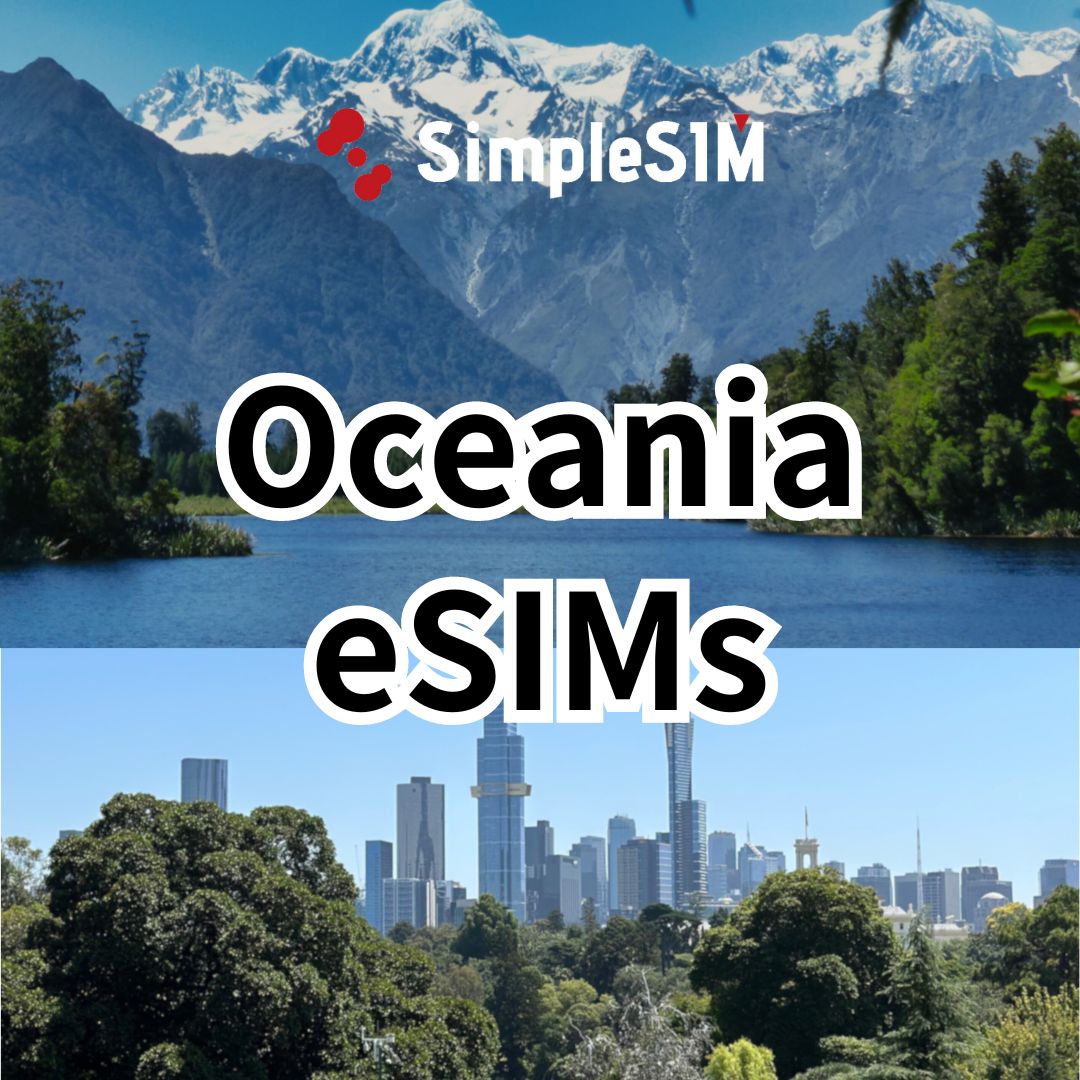When traveling to the United States, understanding the mobile carrier landscape can help you make the best decision for staying connected.
A quick guide to the major mobile carriers
Verizon Wireless
Verizon is the largest mobile carrier in the U.S., renowned for its extensive network coverage.
Network Technology: Verizon primarily operates on LTE (Long-Term Evolution) and 5G networks.
Coverage: Verizon is known for having the strongest coverage, especially in rural and remote areas, making it a great option if you plan to travel outside of major cities.
AT&T
AT&T is another giant in the U.S. mobile market, offering widespread coverage and reliable service.
Network Technology: AT&T uses GSM (Global System for Mobile Communications), which is the standard most countries use, so it’s familiar to many international travelers. They also have robust LTE and expanding 5G networks.
Coverage: AT&T offers solid nationwide coverage, with particularly strong service in urban and suburban areas. Their speeds are generally very good, making it a strong contender for travelers.
T-Mobile
T-Mobile is known for its competitive pricing and strong presence in urban areas. After merging with Sprint, T-Mobile’s network and coverage have expanded significantly.
Network Technology: Like AT&T, T-Mobile uses GSM technology and has heavily invested in building out its 5G network, making it one of the leaders in 5G availability in the U.S.
Coverage: T-Mobile’s coverage is excellent in cities and towns. They are especially known for their fast data speeds in metropolitan areas.
Mobile Virtual Network Operators (MVNOs)
MVNOs are smaller carriers that lease network space from the big three (Verizon, AT&T, T-Mobile). They offer more affordable plans, which can be a good option if you’re looking to save money.
Examples: Popular MVNOs include Mint Mobile, which operates on T-Mobile’s network, and Cricket Wireless, which uses AT&T’s network.
Network Technology Overview
Understanding the technology behind mobile networks can help you make an informed choice:
- GSM vs. CDMA
GSM (Global System for Mobile Communications): This is the most widely used mobile standard globally, employed by carriers like AT&T and T-Mobile. GSM networks use SIM cards to identify users, which makes it easy to swap between devices.
CDMA (Code Division Multiple Access): Used by Verizon, CDMA does not rely on SIM cards for identification. However, with the advent of LTE and 5G, this difference has largely become irrelevant, as these newer technologies use SIM cards and are globally standardized.
- LTE (Long-Term Evolution)
LTE is the standard technology for 4G networks, providing high-speed data access for mobile devices. Almost all U.S. carriers have widespread LTE networks, which is what you’ll primarily be using for data if you’re traveling here.
Why it matters: LTE is fast, reliable, and widely available, so you can stream, browse, and stay connected without issues.
- 5G
5G is the next generation of mobile network technology, offering significantly faster speeds and lower latency than LTE. It’s designed to support the increasing demand for data and the growth of the Internet of Things (IoT).
Why it matters: If you have a 5G-capable device, you’ll enjoy faster downloads, smoother streaming, and more reliable connections in areas where 5G is available. All major U.S. carriers are rapidly expanding their 5G networks.
Shop the best US eSIM now: 1~50GB/7~180Days flexible plans, hotspot shareable
Why eSIM is a Good Option for Traveling to the U.S.
When traveling to the U.S., an eSIM can be an excellent choice for staying connected. Here’s why:
What is an eSIM?
eSIM (Embedded SIM): Unlike traditional SIM cards that you physically insert into your phone, an eSIM is embedded within your device. You can activate it digitally, without the need for a physical card.
Why it’s convenient: With eSIM, you don’t have to hunt for a local SIM card or visit a store to get connected. You can purchase a plan online, scan a QR code, and be connected in minutes.
Cost-Effective Solution
Save on Roaming: International roaming fees can be exorbitant. By using an eSIM, you can connect to local U.S. networks at local rates, avoiding the high costs associated with using your home carrier abroad.
Flexible Plans: Simple eSIM offers a range of plans to suit different needs, whether you need a few days of service or a month-long plan.
Flexibility and Instant Connectivity
Switching Networks: With eSIM, you can easily switch between different carriers or plans without changing physical SIM cards. This is especially useful if you’re traveling through different regions of the U.S.
Immediate Access: Activate your eSIM as soon as you arrive in the U.S., ensuring you’re connected right from the moment you land.
Frequently Asked Questions (FAQs)
Q: Can I use an eSIM on any phone?
A: Most modern smartphones support eSIM, including recent iPhones, Google Pixels, and Samsung Galaxy devices. However, it’s important to check your device’s compatibility before purchasing an eSIM plan.
Q: How do I activate an eSIM when traveling to the U.S.?
A: After buying an eSIM plan, we will send you a QR code via email. You’ll scan this code in your phone’s settings to activate the plan. Detailed instructions
Q: Does eSIM offer the same coverage as a regular SIM card?
A: Yes, eSIMs connect to the same networks as traditional SIM cards, so your coverage and service quality will be the same.
Q: Can I switch back to a physical SIM if needed?
A: Absolutely! You can switch between using an eSIM and a physical SIM card on your device, giving you flexibility depending on your needs.
Conclusion
In summary, understanding the major U.S. carriers and the technologies they use can help you make the best choice for your travel needs. eSIMs offer a convenient, cost-effective, and flexible way to stay connected during your trip to the United States. Consider making eSIM your go-to solution for seamless connectivity on the go!




































